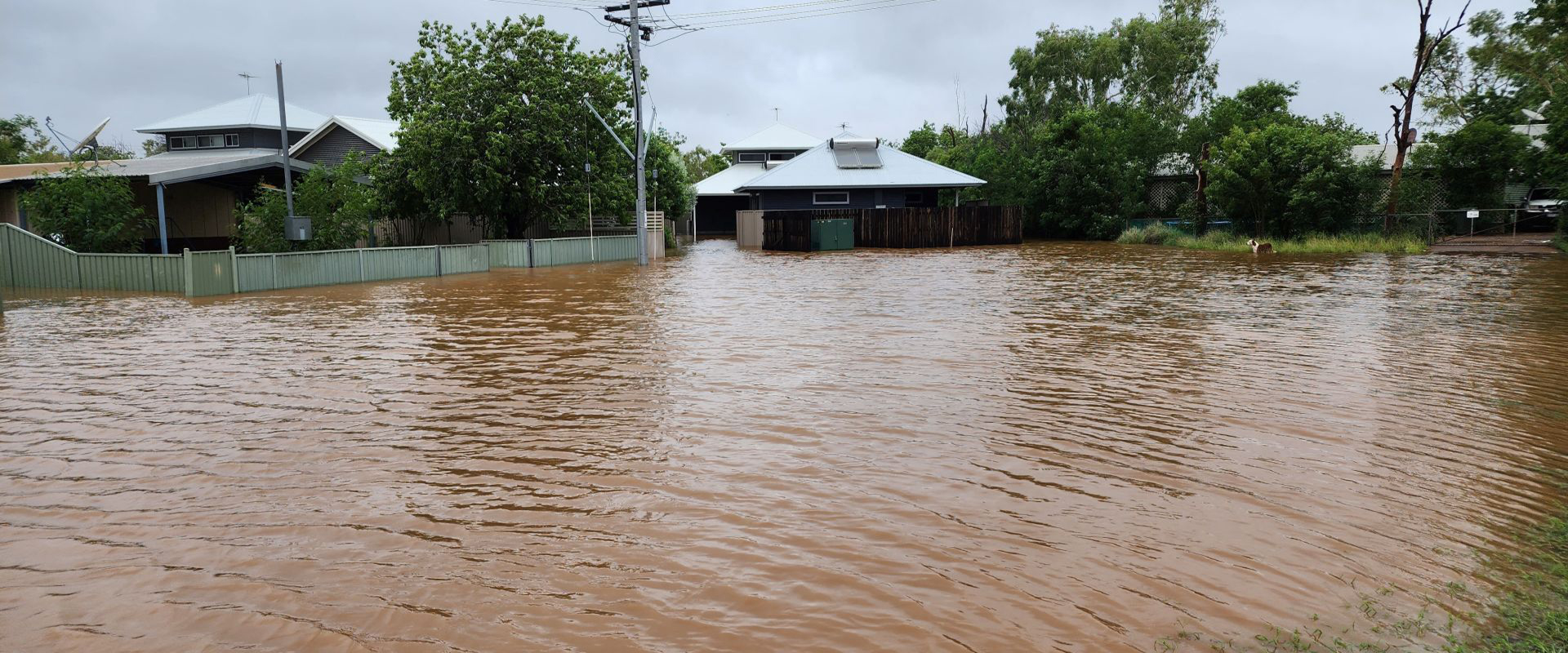What Happens To Liquids Surrendered At Airport Security TSA
Did you ever wonder what the TSA does with the expensive bottle of perfume they confiscate from your carry-on at the airport security checkpoint? The one you forgot to pack in your checked luggage? You may think the TSA agents take all the bottles they collect from the passengers and then divvy them up after their shift is over. Or you may hope the airport donates them to a deserving homeless shelter or other charity. Or at worst, that the items simply go in the trash. But the real answer, as to what happens to these bottles of liquids collected by the TSA is here. First of all, any TSA agent caught taking seized property would be fired. This is because your bottle of shampoo or sports drink is now considered to be potentially hazardous waste material. That’s why it was confiscated in the first place. If any TSA agent jokes about using your toiletries, or you see any TSA agent pocketing toiletries, you can report them. As far as charities go, the airport isn’t going to take your toiletries and donate them, because there aren’t any charities around that opened bottles of shampoo, perfume, or shaving cream - especially since they are now potentially hazardous. So what happens to them now? According to TSA regulations, your confiscated liquids are now classified as voluntarily abandoned property. If this property is worth more than $500, it can be taken and recycled by the TSA if the agency can use it, or resold through proper channels by the airport. If the item is worth less than $500, it can be destroyed if this is deemed to be appropriate. In the case of liquids, they will be automatically valued as worth less than $500 and disposed of. Now that your liquids have been classified as potentially hazardous and of no value, this presents more hassle for the airport than you might think. This is because now that your bottle of shampoo is classified as a potentially hazardous and abandoned item, it actually costs the airport money to dispose of your hazardous liquids in compliance with the local, state, or federal laws that apply to them. In the case of a smaller airport, disposal of your voluntarily abandoned property may simply mean putting it straight into the trash. Nevertheless, with the large volume of TSA seizures in the major airports of the United States. In fact, your liquids may wind up recycling Then the liquids will be sorted by type: contact lens solution, shaving cream, sunscreen, shampoo, etc. They will then be secured in hazmat containers, which are sealed to await further processing. This processing is completed by governmental contractors in accordance with environmental regulations. In the case of the liquids confiscated by TSA agents, there is a nationwide waste disposal company, Clean Harbors, who handles most of the recycling of these potentially hazardous liquids. Once these sealed bins have been processed by Clean Harbors, the water-based liquids can be sent by rail to a wastewater treatment facility where they can be returned safely into the water supply. the liquids can be combusted and turned into electricity. Aerosol cans full of shaving cream or hairspray are disposed of as hazardous or non-hazardous material. Bottles of alcohol and alcoholic beverages are processed separately, as they may be potentially flammable as well as potentially hazardous. These liquids go to a fuel-blending facility, along with other solvent-based liquids, as an alternative fuel for kilns used in the making of cement. And no matter where it winds up, every bottle of liquid that arrives at Clean Harbors in the sealed containers from the airport is inventoried upon arrival and inventoried as it is disposed of. At this point, you may be wondering what happens to all of the bottles that the liquids came in. In the case of a high capacity airport like LaGuardia or LAX, the plastic bottles get chipped up and sent to a recycling plant. In the case of smaller airport contracts, there aren’t enough bottles, so they go to the local landfill. Emptying the bottles, recycling the liquid, and recycling the bottles is all part of the process that goes into the disposing of potentially hazardous materials that have been voluntarily abandoned at your local airport. Which now brings up the question, “Who is paying for all of the sorting, destroying, and recycling all of the perfectly good bottles of shampoo and other toiletries seized by the TSA at the airport?” In short, the answer is you, the passenger. If you notice on your ticket, there is a fee of up to $4.50 per passenger per ticket called a “Passenger Facility Charge.” For example, if you have a round trip flight with two layovers, you can pay up to $18.00 per person in Passenger Facility Charges alone. And it doesn’t matter whether Clean Harbors presents its monthly bill directly to the airport, the TSA, or the FAA. You pay money to all three, on top of your plane fare and baggage handling fees.




















